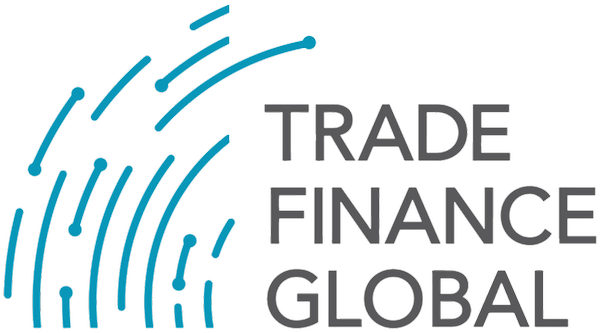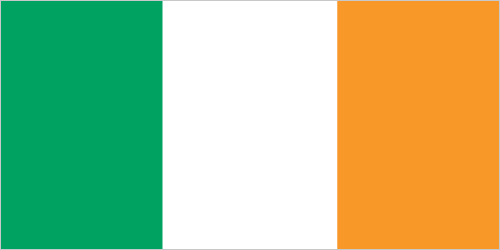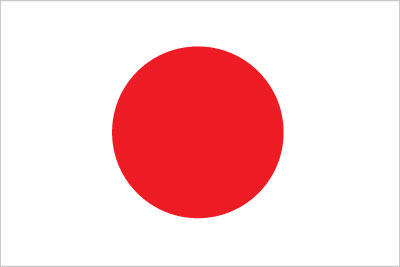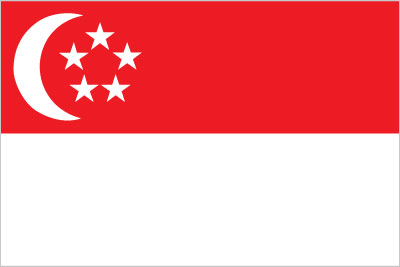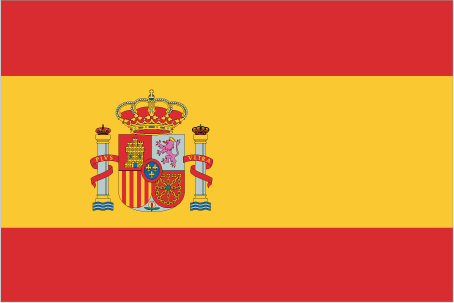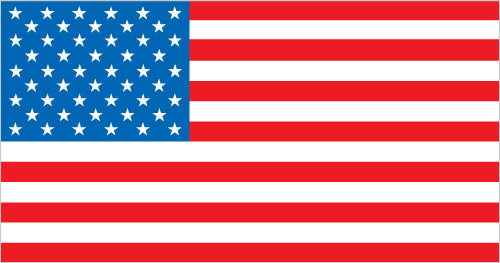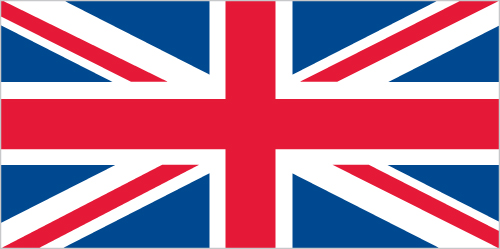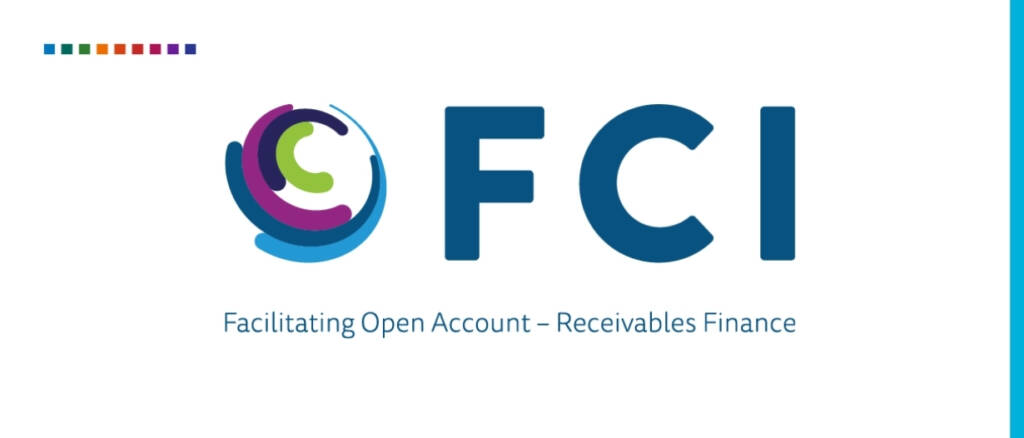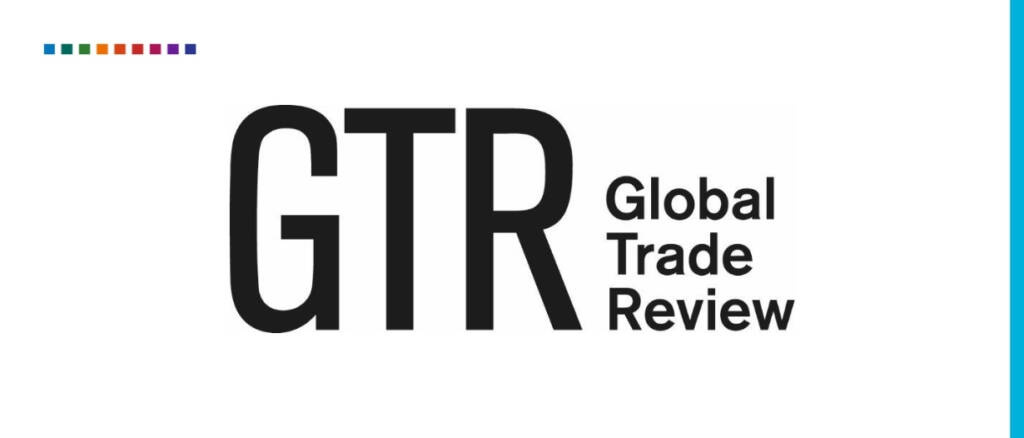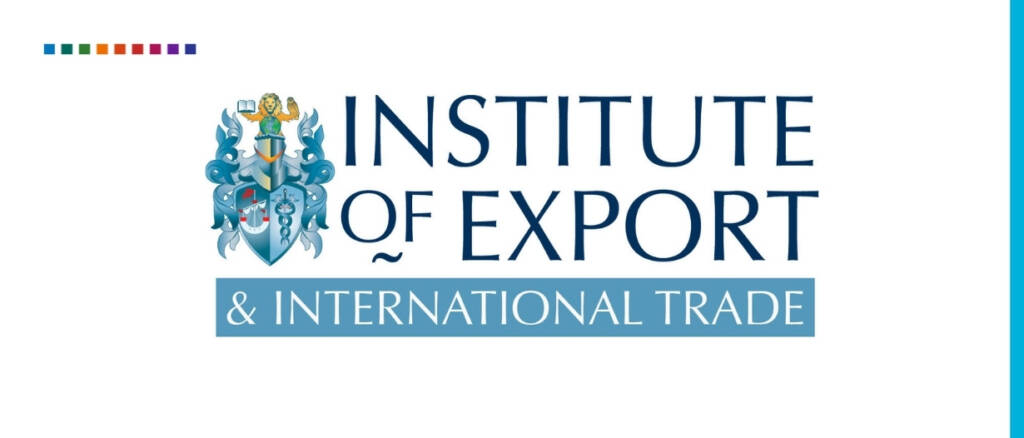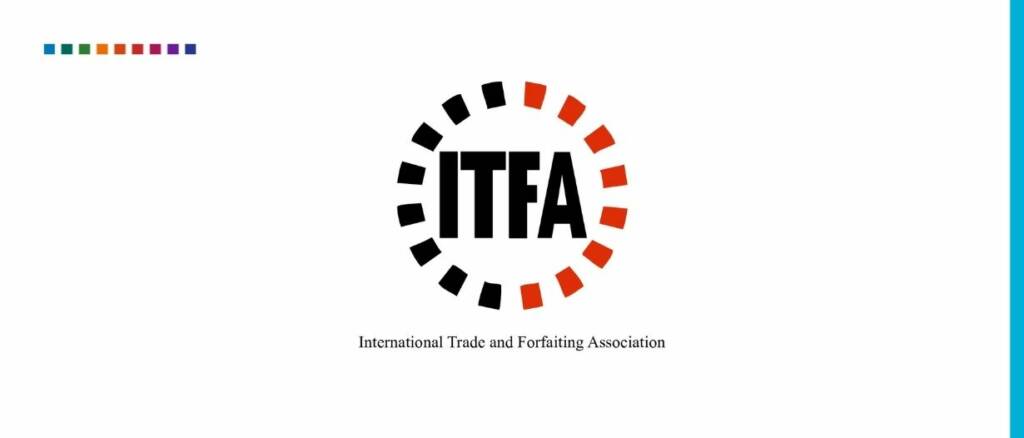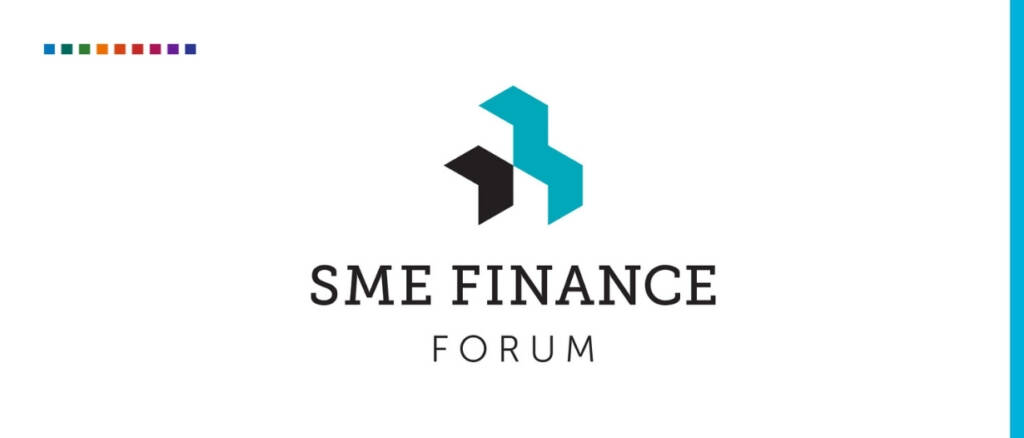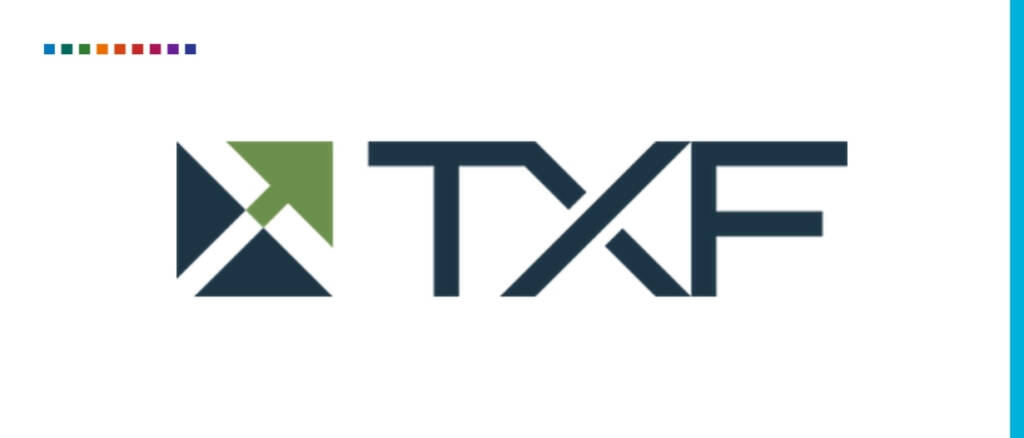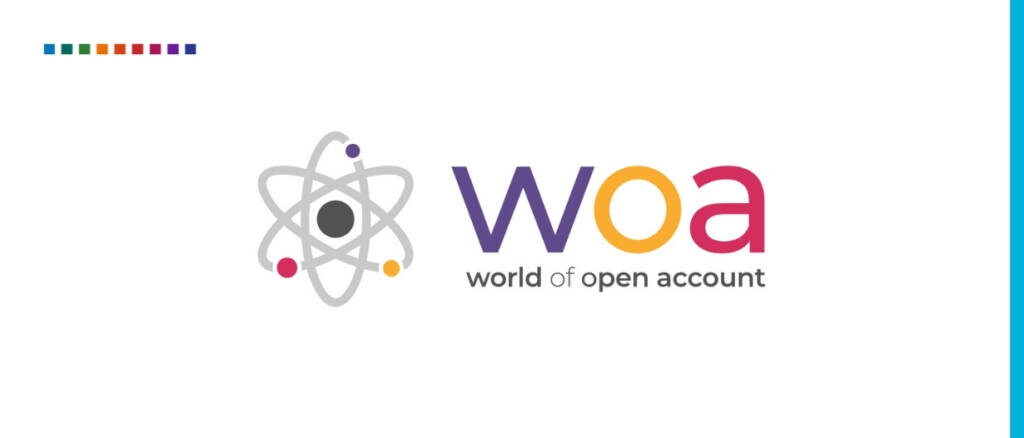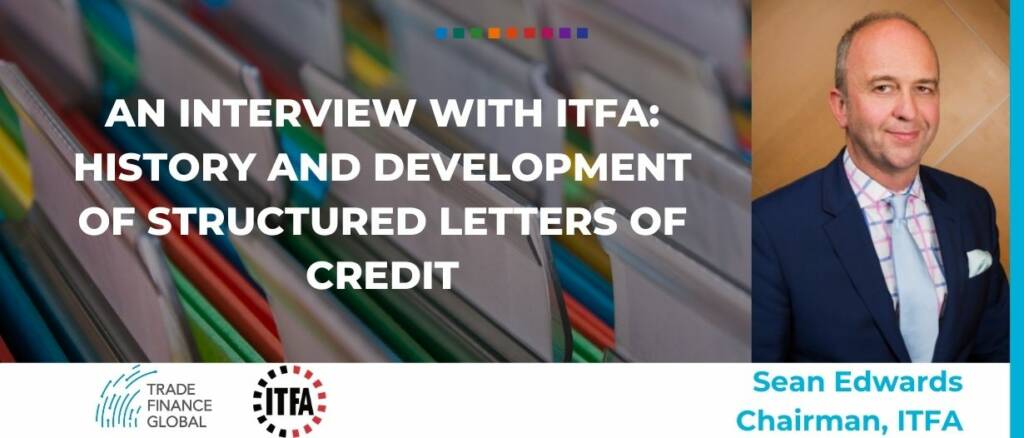FCI is the Global Representative Body for Factoring and Financing of Open Account Domestic and International Trade Receivables
UK Export Finance backs its largest-ever facility in Côte d’Ivoire, West Africa to back exports of UK medical equipment. UKEF’s largest ever loan in francophone Africa will finance specialised medical… read more →
Established in 1935, the Institute of Export & International Trade is the professional membership body representing and supporting the interests of everyone involved in importing, exporting and international trade.
The International Trade and Forfaiting Association, ITFA, is the worldwide trade association for companies, financial institutions and intermediaries engaged in global trade, forfaiting, supply chain and receivables financing. Founded in… read more →
The SME Finance Forum was established by the G20 Global Partnership for Financial Inclusion (GPFI) in 2012 as a knowledge center for data, research and best practice in promoting SME finance.
World of Open Account (WOA) is a digital community initiated by experts from the receivables finance industry.
TFG’s Deepesh Patel spoke to ITFA’s Chairman, Sean Edwards, about the ITFA Structured Letters of Credit Working Group, and the emergence of Structured Letters of Credit as a variant of Traditional LCs.
UK Export Finance supports Swansea based exporter of iconic children’s character-themed clothing with a General Export Facility. Character.com sells a range of character-themed clothing worldwide including Harry Potter, Star Wars, Peppa Pig… read more →
